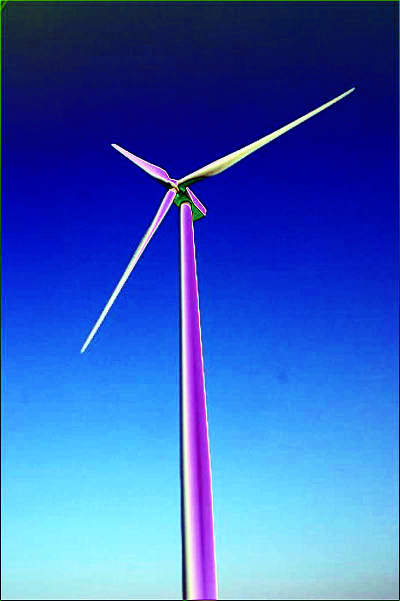Council responds to SA power claims
 The Climate Council has responded to criticism of South Australia’s renewable energy network.
The Climate Council has responded to criticism of South Australia’s renewable energy network.
Energy Minister Josh Frydenberg recently linked South Australia's fluctuating electricity prices to wind and solar energy.
SA power prices exploded in July from around $500 a megawatt hour up to $14,000 a megawatt hour at times.
The big swings and giant spikes saw some major employers threatening shut downs.
Mr Frydenberg said there were a number of factors behind the price hike.
“If you look at South Australia, for example, you have a very high renewable energy target, it's 50 per cent by 2025. Now that compares to NSW which is saying they're going to go to 20 per cent by 2025,” he said
“Now obviously there are ramifications of having those decisions and you saw Northern and Playford [power stations] both close in South Australia.
“You saw [SA Treasurer Tom] Koutsantonis go to Engie, the French-owned company, and ask them to restart their gas-fired power station at Pelican Point.
“They're the sort of ramifications that flow from some of these decisions and what we do need is good back-up support, whether it is through Heywood interconnector to Victoria ... or other forms of back up to support that intermitted power from wind and solar.”
But a new Climate Council report says SA electricity prices would drop if the state reduces its reliance on gas for base-load power.
The report says the “recent high prices” were driven by wild weather, interconnector maintenance, and a gas price it says was “almost four times the usual level”.
The council says SA’s high level of renewable energy supplies are actually helping keep the price down.
Experts say that the key to reducing electricity prices in South Australia is through a smarter, more connected electricity grid.
The Climate Council’s report (accessible here) calls for;
- Improved competition in the electricity market could be achieved by reducing the time intervals set for spot price (wholesale electricity price for a given time period) settlements from half-hour blocks to five-minute blocks
- Developing alternative reserve capacity such as large-scale and distributed energy storage would reduce exposure to short-term price exploitation when wind and solar supply are low
- Increased interconnection with the eastern states would expand supply options and increase competition with South Australian gas fuelled power plants
- AEMO and ElectraNet (2016) have been jointly working together to plan for and accommodate and manage higher levels of wind and solar PV in South Australia








 Print
Print